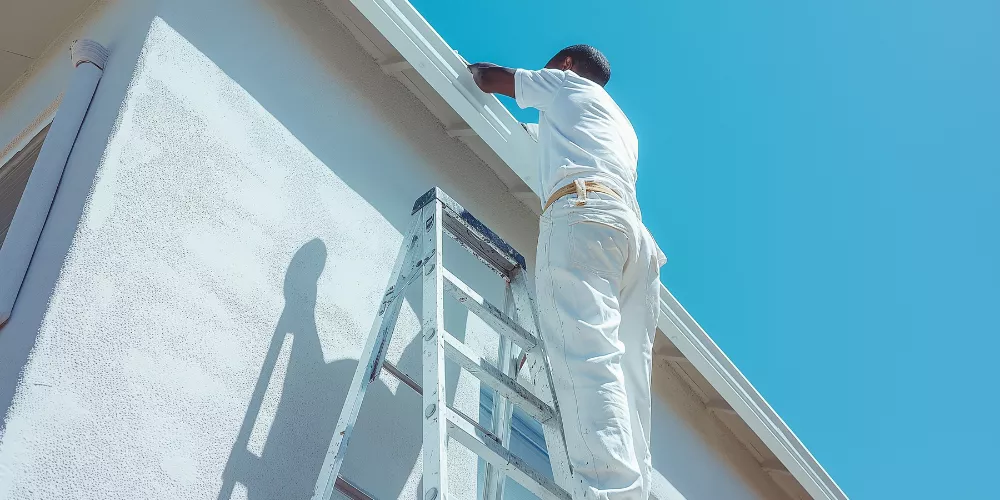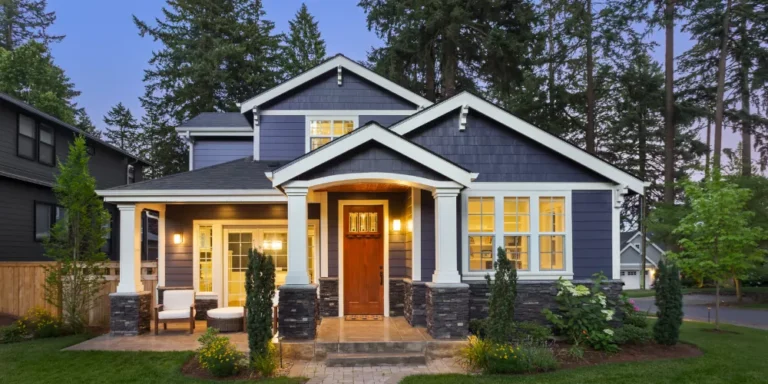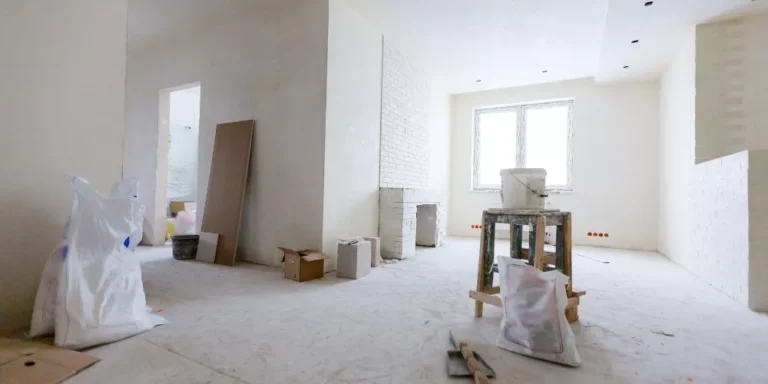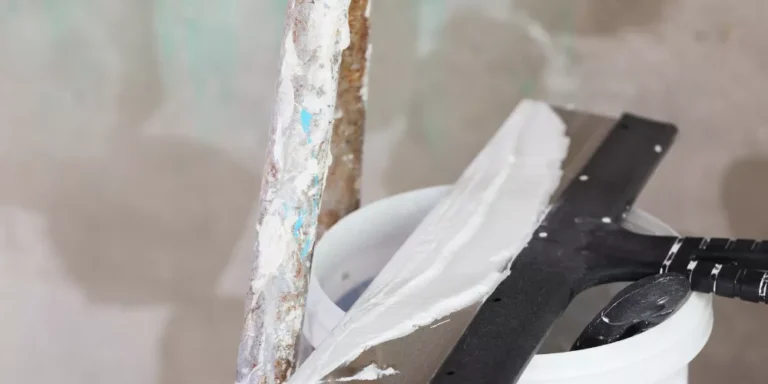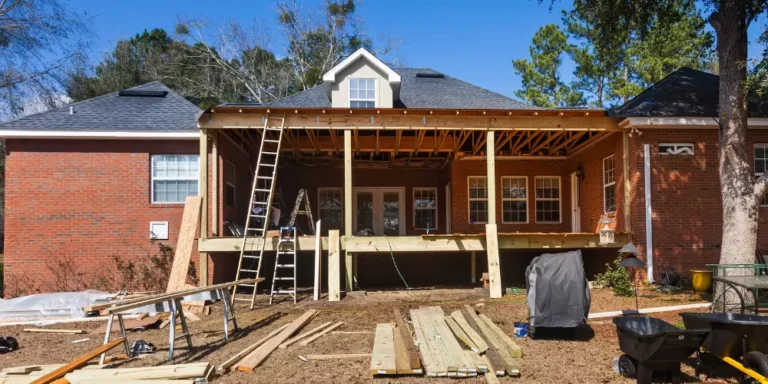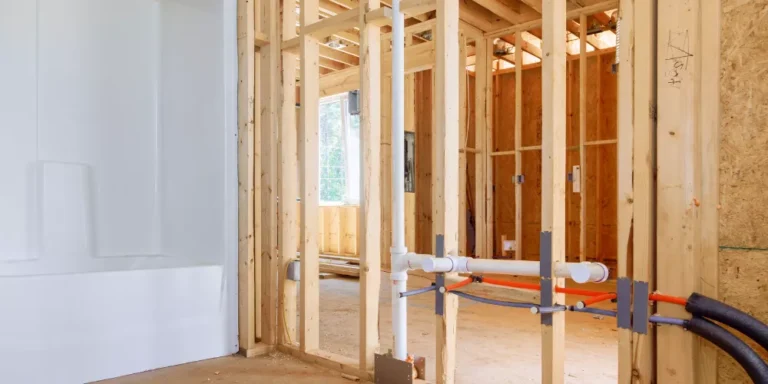How do I choose between split vs packaged HVAC systems
Choosing the right HVAC system is crucial for homeowners in the USA. Heating, ventilation, and air conditioning systems control indoor comfort year-round. Proper HVAC selection affects energy efficiency, utility costs, and overall home performance. Many homes face the challenge of outdated or inefficient systems. Modern options include split systems and packaged systems, each with unique advantages. Understanding how each system works helps homeowners make informed decisions. HVAC systems influence air quality, humidity levels, and temperature consistency. Choosing the wrong system can lead to higher costs and frequent repairs. Local climate, home size, and insulation are key factors in HVAC selection. Energy efficiency is increasingly important due to rising utility costs. Rebates and incentives are available for high-efficiency units in some states. HVAC system selection also impacts property value and resale potential. Noise levels and aesthetics can influence homeowner satisfaction. Maintenance requirements and service availability should be considered. Zoning and control options can enhance comfort in multi-room homes. System durability affects long-term investment and peace of mind. Professional consultation often ensures proper sizing and installation. Proper installation prevents issues like uneven heating or cooling. Understanding airflow, ductwork, and system components is important. Making the right choice balances cost, efficiency, and comfort for the home.
How do I choose between split vs packaged HVAC systems
Choosing between split and packaged HVAC systems depends on space, efficiency, and installation considerations. Homeowners must weigh costs, performance, and long-term benefits.
1. Understanding Split HVAC Systems
Split systems have separate indoor and outdoor units. The outdoor unit houses the compressor and condenser, while the indoor unit contains the evaporator coil. They are common in residential homes. Split systems offer flexibility in installation and zoning. Components are connected via refrigerant lines. These systems can include air handlers or furnace components indoors. Cooling and heating are managed efficiently with separate units. Split systems allow for smaller outdoor footprint. Installation may require ductwork for airflow distribution. Units are typically quieter indoors due to outdoor placement of the compressor. Maintenance requires servicing both indoor and outdoor units. High-efficiency split systems reduce utility costs. Indoor units can be wall-mounted, floor-mounted, or ceiling cassettes. Split systems are adaptable to various climates and home sizes. Professional sizing ensures optimal performance. Installation may be more complex than packaged systems. Split systems are compatible with programmable thermostats and smart controls. They can improve home resale value due to efficiency and comfort. Split units can be combined with air purifiers or humidifiers. Energy-efficient models are available with SEER ratings above 16. Proper placement prevents airflow issues and ensures durability. Split systems offer long-term flexibility and performance.
2. Understanding Packaged HVAC Systems
Packaged systems combine heating and cooling components in one outdoor unit. They are common in homes with limited indoor space. The unit typically sits on the roof or near the foundation. Packaged systems contain a compressor, condenser, evaporator, and furnace in one cabinet. They are ideal for homes without basements or indoor mechanical rooms. Ductwork distributes air throughout the home. Installation is often simpler than split systems. Packaged units take up less indoor space. They are easier to maintain since all components are in one location. Some models offer gas heating, electric heating, or heat pump options. Packaged systems are suitable for moderate climates. SEER ratings indicate cooling efficiency, and AFUE ratings indicate heating efficiency. They may be slightly noisier due to all components being outdoors. Space savings make them popular for smaller homes. Packaged systems can include multi-stage or variable-speed options. Professional installation ensures proper airflow and duct sizing. These systems can be cost-effective for new construction. Packaged units may require protective covers for roof installation. Some models include energy-saving features like programmable thermostats. They are generally durable and reliable when maintained properly. Packaged HVAC systems are efficient solutions for space-constrained homes.
3. Space Requirements
Split systems require space for both indoor and outdoor units. Indoor units need mechanical rooms, closets, or wall mounting. Outdoor units must have clear airflow and access for maintenance. Packaged systems reduce indoor space requirements since all components are outdoors. Roof-mounted units save yard space but need structural support. Homeowners should consider access for repairs and seasonal maintenance. Space limitations may make packaged systems more practical. Split systems offer flexibility in indoor placement. Consider clearance requirements and ventilation for outdoor units. Proper spacing prevents overheating and performance issues. Split systems may need additional ductwork, requiring ceiling or floor space. Packaged systems consolidate components, simplifying ductwork design. Evaluate noise impact from outdoor placement. Space planning influences system efficiency and serviceability. Assess potential aesthetic impacts on yard or roof. Professional guidance ensures optimal placement. Space availability can be a deciding factor between system types. Efficient airflow requires unobstructed unit locations. Split or packaged choices must fit within architectural constraints. Correct placement affects system lifespan and energy efficiency. Space planning balances convenience, functionality, and comfort.
4. Installation Complexity
Split systems require installation of both indoor and outdoor components. Refrigerant lines, electrical connections, and ductwork must be correctly installed. Proper installation ensures system efficiency and prevents leaks. Packaged systems have simpler installation, with all components in one location. Fewer connections reduce potential installation errors. Split systems may require professional expertise due to multiple components. Outdoor unit placement and indoor coil alignment must be precise. Split system installation can be more time-consuming and labor-intensive. Ductwork modifications may be necessary in existing homes. Packaged systems may require roof or ground support but less indoor modification. Professional assessment ensures proper sizing and layout. Installation cost may be higher for split systems due to complexity. Permits and inspections may be required for both types. Choosing the right contractor ensures compliance and efficiency. Split systems offer more flexibility for phased installation. Packaged systems reduce the risk of improper component alignment. Installation affects long-term performance and maintenance needs. Proper installation prevents energy loss and premature system failure. Maintenance access should be considered during planning. Professional installation maximizes efficiency and longevity.
5. Energy Efficiency
Split systems often offer higher energy efficiency due to separate components and advanced controls. Variable-speed compressors and multi-stage systems provide precise temperature control. SEER ratings indicate cooling efficiency for split systems. Packaged systems can also be energy-efficient but may have slightly lower SEER ratings. Heat pump options are available for both system types. Energy efficiency depends on proper sizing, installation, and maintenance. Zoning with split systems allows targeted heating and cooling, saving energy. Packaged systems are less flexible with zoning. Insulated ducts and proper airflow maximize efficiency. Energy-efficient units reduce electricity consumption and utility bills. Homeowners should look for ENERGY STAR certification. Smart thermostats enhance energy savings. Regular maintenance maintains efficiency for both systems. Proper insulation and sealing complement system efficiency. Choosing high-efficiency models provides long-term cost savings. Efficiency ratings vary by model and manufacturer. Local climate affects system performance and energy usage. Energy-efficient upgrades improve comfort while lowering environmental impact. Professional advice helps select the most efficient option. Efficient HVAC systems contribute to sustainability and savings.
6. Maintenance Requirements
Split systems require maintenance for both indoor and outdoor units. Filter replacement, coil cleaning, and refrigerant checks are necessary. Outdoor units need debris removal and clearance for airflow. Packaged systems consolidate maintenance tasks in one location. Regular inspection of ductwork, refrigerant levels, and electrical connections is essential. Professional servicing ensures longevity and efficiency. Split systems may require periodic cleaning of indoor coils and air handlers. Packaged systems may require roof inspections for debris or water accumulation. Air filters should be checked monthly in both systems. Lubrication and thermostat calibration enhance performance. Duct cleaning improves indoor air quality. Maintenance contracts are available for both system types. Neglecting maintenance reduces efficiency and increases repair costs. Monitoring system performance helps detect issues early. Proper maintenance prevents costly emergency repairs. Seasonal tune-ups improve energy savings. Homeowners may find packaged system maintenance more convenient. Preventive maintenance prolongs system lifespan. Maintenance considerations influence long-term satisfaction and costs.
7. Noise Levels
Split systems are typically quieter indoors since compressors are located outdoors. Indoor air handlers produce minimal operational noise. Packaged systems may be noisier due to all components being outside. Roof-mounted units can transmit vibration or fan noise. Split system noise can be mitigated with insulated ductwork. Proper placement reduces perceived noise for both systems. Sound blankets or pads may reduce outdoor noise. Quiet operation enhances comfort, especially in bedrooms or offices. System design affects fan speed, compressor operation, and noise output. Older units are generally louder than modern models. Consider noise when placing outdoor units near living spaces. Indoor units in split systems are available in ultra-quiet designs. Noise regulations may affect outdoor unit placement. Split systems offer more control over indoor noise levels. Evaluate noise impact during peak operation. Homeowners sensitive to noise may prefer split systems. Routine maintenance reduces mechanical noise. Noise levels influence overall satisfaction with HVAC performance. Proper planning ensures a quiet and comfortable home environment.
8. Climate Considerations
Local climate influences HVAC system choice. Split systems are ideal for regions with extreme temperature variations. They provide flexible heating and cooling options. Packaged systems perform well in moderate climates with consistent temperatures. Heat pumps can complement both systems in transitional climates. Humidity control is critical in humid regions. Split systems can integrate dehumidifiers more easily. Packaged systems may require separate humidity management solutions. Energy consumption varies depending on seasonal extremes. Climate also affects system sizing and insulation needs. Heating efficiency is crucial in colder regions. Cooling capacity must match summer temperature peaks. Both systems must be designed for regional weather patterns. Local codes and standards influence system selection. Professionals assess climate impact on performance. Climate considerations prevent under- or over-sized systems. Proper selection enhances comfort and energy efficiency. Seasonal performance should meet household needs year-round. Understanding climate implications ensures long-term satisfaction.
9. Cost Comparison
Split systems generally have higher installation costs due to multiple components and labor. Packaged systems may have lower initial costs and simpler installation. Operating costs depend on energy efficiency, climate, and usage. Long-term savings may offset higher upfront costs of split systems. Maintenance costs should be factored in. Equipment lifespan affects overall cost-effectiveness. Rebates and tax incentives may reduce net installation cost. Homeowners must consider replacement costs over 10–20 years. Split systems allow phased upgrades, reducing initial expense. Packaged systems may require full replacement if components fail. Financing options are available for both system types. Energy-efficient models offer significant savings over time. Cost-benefit analysis helps determine best choice for the home. Compare multiple quotes from licensed contractors. Budget for ductwork modifications, permits, and additional components. Consider system efficiency to minimize lifetime expenses. Installation quality impacts total cost. Evaluate warranty coverage for long-term protection. Making informed decisions ensures both comfort and financial sense. Costs should align with home size, needs, and budget.
10. Home Resale and Value Impact
HVAC system type can influence home resale value. Energy-efficient split systems are often attractive to buyers. Packaged systems can also add value, especially in space-constrained homes. Modern, properly installed systems indicate well-maintained property. High SEER or AFUE ratings are a selling point. Smart or programmable controls enhance appeal. Quiet operation improves marketability. Properly sized systems prevent buyer concerns about efficiency. Visible outdoor units should be aesthetically integrated. Reliable and low-maintenance systems are preferred by potential buyers. Upgrading an older HVAC system can increase home value. Systems with long warranties are more appealing. Efficient systems reduce future utility costs for buyers. Professional installation records demonstrate quality and care. Energy efficiency certifications add credibility. Resale value is influenced by climate-appropriate systems. Homebuyers increasingly prioritize green and energy-efficient features. Proper system choice complements other home improvements. Home value can increase significantly with modern HVAC installation. System longevity and efficiency support long-term property investment.
Conclusion
Choosing between split and packaged HVAC systems requires careful consideration for homeowners in the USA. Split systems offer flexibility, higher efficiency, and quieter indoor operation but may require more space and complex installation. Packaged systems consolidate components for simpler installation and space savings, making them ideal for homes with limited indoor mechanical space. Key factors include space requirements, installation complexity, energy efficiency, maintenance, noise levels, climate considerations, and long-term costs. Homeowners must weigh initial installation costs against long-term savings and potential rebates. Proper sizing, placement, and professional installation ensure optimal performance and durability. Split systems offer zoning options, advanced controls, and multi-stage operation for tailored comfort. Packaged systems provide reliability and convenience for moderate climates or smaller homes. Both systems impact home resale value, energy bills, and overall comfort. Regular maintenance is essential to preserve efficiency and prevent costly repairs. Consideration of local climate, indoor air quality, and humidity control affects system choice. Noise, aesthetics, and accessibility influence daily satisfaction. Evaluating energy efficiency ratings helps optimize cost savings. Future-proofing with smart thermostats or system monitoring improves control. Professional guidance ensures code compliance and proper installation. Homeowners can achieve a balance of comfort, efficiency, and cost-effectiveness. Understanding differences between split and packaged systems allows informed decisions. A well-chosen HVAC system enhances living conditions, reduces energy waste, and protects long-term home value.
You have not enough Humanizer words left. Upgrade your Surfer plan.

